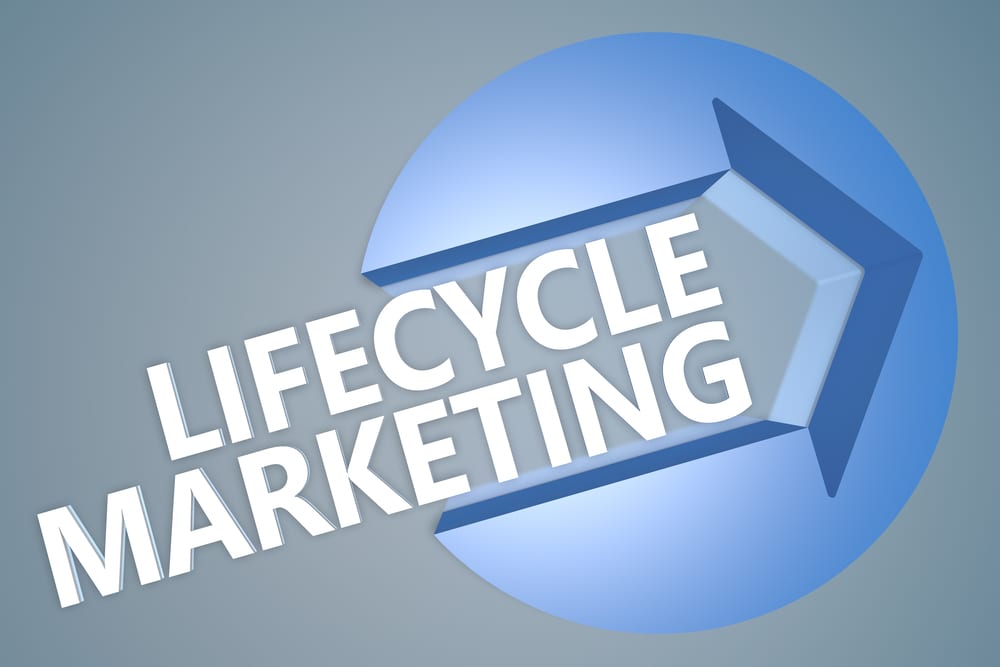We all talk about
Important facts:
- 25% to 40% of the total revenue of a consistent business comes from repeat customers
- Business can drive 3-7 times the revenue with per visit of repeat customers than a one time buyer.
Optimising customer lifecycle is therefore an important metric to discuss right at this point in time.
Stage 1: Learning about different customers and their buying phases
- Prospective customers – They are the first time or the repeat customers who have neither purchased from your site nor given any personal details.
- Lead – These prospective customers perform micro conversion. They either sign up to your blog or give you personal information. Lead nurturing is important especially when you obtain email address from the leads.
- First time buyer – Customers who complete their first purchase transaction on your site
- Repeat customers – Customers who have made more than one transactions
- Loyal customers – Customers who have completed more than 3 transactions and have also performed transaction for more than 6 months.
Stage 2: Understanding six development stages of customer lifecycle marketing
Lifecycle marketing addresses customer’s needs and requirements as they evolve with time. And this whole process can be defined through different stages of development.
- The target audiences – Identify the top groups or people that make the best prospects for your company. Rank them as the most and the least profitable customers.
- Acquire your target groups – Utilising highly targeted marketing tactics can accomplish your goal through the buying cycle. With inbound and outbound marketing your prospects gets genuine interests in what your company does. Even viral marketing including mobile site and app helps to generate big leads over competitors.
- Activate your prospects – Attracting visitors to your site is not the end of your responsibilities. Obtain their contact information to activate them into customers. Customer activation channels include email marketing, content marketing, discounts and offers, or free shipping. These tactics create demand and lead them closer to sale.
- Nurturing your leads – The goal at this stage should be to nurture your prospects into Marketing Qualified Lead. Qualifying leads is a good way to determine if the person is truly interested in your products and has a high likelihood of purchasing or not. In B2C sector, email marketing is a primary method of nurturing leads. A quality lead is determined by the number of open or click rates. Once you have a good share of quality leads, it’s time to build relationship with them.
- Closing the sale – Once you’ve successfully connect your qualified leads to your brand, it’s time to close the sale. However, to remove any barrier that may hold your leads from making a buying decision, engage them with the limited time period offer. The fear of missing opportunity will automatically drive them to purchase.
- Retaining your loyal customers – Providing more value into your customer’s life should be a continuous practice. Coming up with different ways to address your customer’s needs drive more loyalty from them. Expanding your unique selling point ideas encourages your customers to stick to you and reciprocate for this added value.
Stage 3: Implementing personalized marketing after customer retention
Optimising customer experience creates quantifiable and real value for businesses. Here are some of the most amazing ways to add a pinch of personalization to your marketing
- Create emails that talk to your customers – Email marketing is a simple way of creating a sense of relevance. Using CRM software to create emails can do wonders. This is because CRM software helps to acquire information about your customers that can be used while addressing any customer needs.
- Get social – Use social media channels to communicate with your customers. Chat with them and learn about their concerns, and collect feedback about your products and services. If you can glimpse into the personality behind the brand, it is more likely to attract new customers.
- Remarketing – Use retargeting to deliver customized ads to your customers. When a cookie is placed on your site visitor’s browser, you can follow wherever your customers goes. This helps the tool to serve your ads to the customers on various websites. AdRoll is one of the effective retargeting tools that ensure your ads appear as often as your visitors surf the web.
- Brand your content – Customise your content across different channels based on your customer’s lifestyle, demographics, interest and intent to purchase. It is important that the context, images and the message is relevant to your customer’s journey and delight them at every stage. Offering freebies, eBooks, or whitepapers is effective in engaging customers. Content marketing generates three times as many leads compared to traditional marketing.
- Mobile marketing – The biggest reason behind failing to optimize customer experience is the inability to implement mobile marketing. With the increasing use of smart devices, SMS or email can be used for push notifications. The majority of the customers prefer to make most of the transactions in their mobile devices.
Every business aspires to be customer-centric. As a result, employing a healthy customer lifecycle marketing strategy makes your goal aligned with your business vision.
Images: ”Lifecycle Marketing – 3d text render illustration concept with a arrow in a circle on blue-grey background/Shutterstock.com“
______________________________________________________________________________
Tweak Your Biz is a thought leader global publication and online business community. Today, it is part of the Small Biz Trends stable of websites and receives over 300,000 unique views per month. Would you like to write for us?
An outstanding title can increase tweets, Facebook Likes, and visitor traffic by 50% or more. Generate great titles for your articles and blog posts with the Tweak Your Biz Title Generator.



